The Science Museum shows real humans, real problems, real engineers
The Science Museum, alongside major funder the Queen Elizabeth Prize for Engineering and major sponsor MathWorks, has been working tirelessly to bring ‘Engineers’ to life – a new permanent exhibition on display opening on Friday 23rd June – to fall in-line with International Women in Engineering Day (INWED) – with the goal of bringing the human aspect of engineering to the fore.
Engineers save lives, they keep the world connected, and they look for answers to the questions that arise from the world around them.
They are superheroes – and every person has the potential to become one.
Outdated ideas
It’s 2023, and people are beginning to realise that engineers are so much more than someone in a hard hat, wearing a high vis, wielding a wrench, and banging things. The same goes for the concept of a middle-aged man in a suit or lab coat solving problems that only a genius could decipher – and whilst there is nothing wrong with being a genius, the image is an old and outdated concept and it is not representative of modern-day culture.
Given the pace in which the engineering industry moves innovation forward, it is startling that these are the images that still overshadow engineers today – they completely lack the diverse portfolio of what an engineer actually looks like, or of what they actually do.
There are so many different types of engineering – the entire world has been engineered, and the fantastic thing about being an engineer is that no two days are the same because no two challenges are the same. And their skills are transferrable, so one day you could be working for aerospace and the next the medical industry. Whether you’re a design engineer, electrical engineer, mechanical engineer, product engineer, software engineer – whatever it may be, there is room for you in this industry.
Making engineering accessible
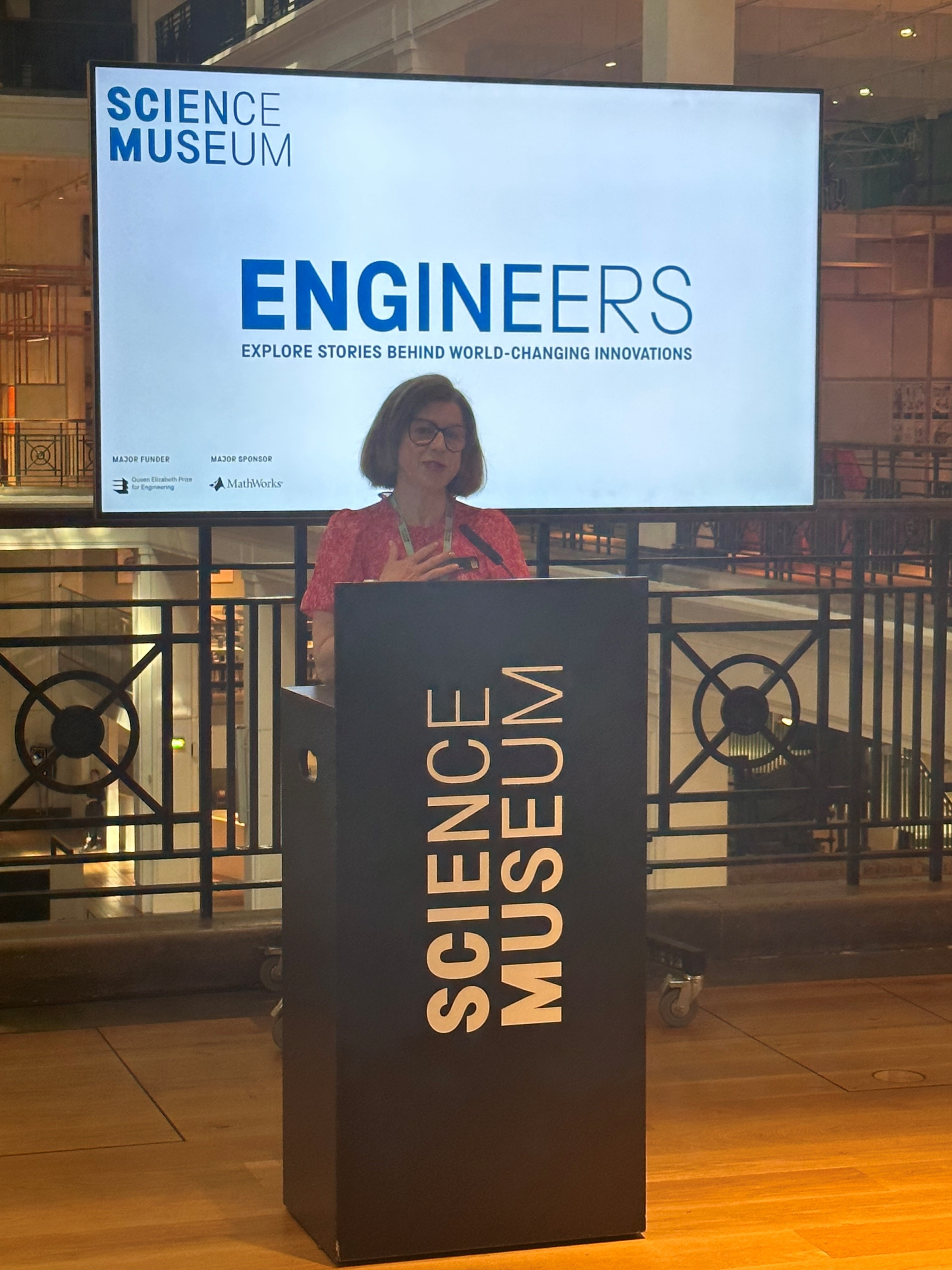
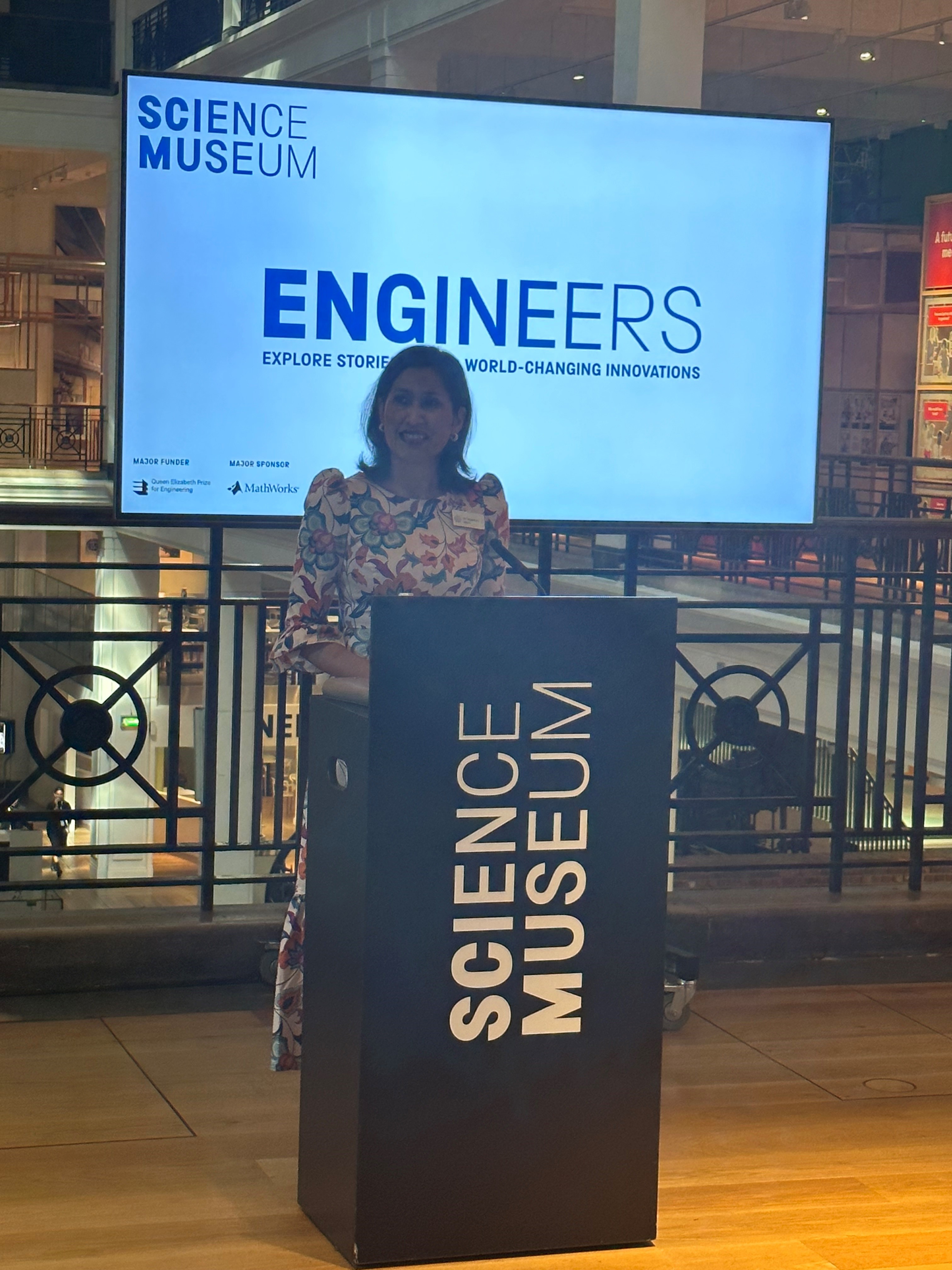
To welcome a select cohort of industry professionals to the exhibition, Deputy Director of the Science Museum, Julia Knights, gave a rousing speech on the common misconceptions that are associated with engineering whilst highlighting the breadth and diversity that their roles play in society. This was followed by Dr Hayaatun Sillem, CEO of the Royal Academy of Engineering, who echoed the sentiment whilst further sharing her own excitement of being able to humanise engineers in an iconic space dedicated to telling the stories of the people at the heart of innovations that are so relevant to people’s day-to-day lives.
What is Engineers?
Covering four aspects of engineering – bodies, lives, connection, and creating – the exhibition is dedicated to telling the stories of the people behind the innovations and why they matter.
By showing engineers as real people with their stories front and centre, rather than displaying the end product, the Museum has curated a unique way to capture the imagination of many would be engineers who visit the museum.
The people behind the inventions
There are 60 amazing engineers showcased in the gallery, and to complement the opening some of the featured engineers were in attendance including:
Professor Larissa Suzuki, computer scientist and engineer; a Technical Director at Google and a Visiting Researcher with NASA/JPL, building a network at interplanetary distance – the Interplanetary Internet.
Andy Hall, Robotics Engineer, whose work on building sustainable farming robots is a vital part of the future of global food production.
Ilias Tachtsidis, UCL Professor and biomedical engineer, who engineers light to monitor the brain health of newborn babies.
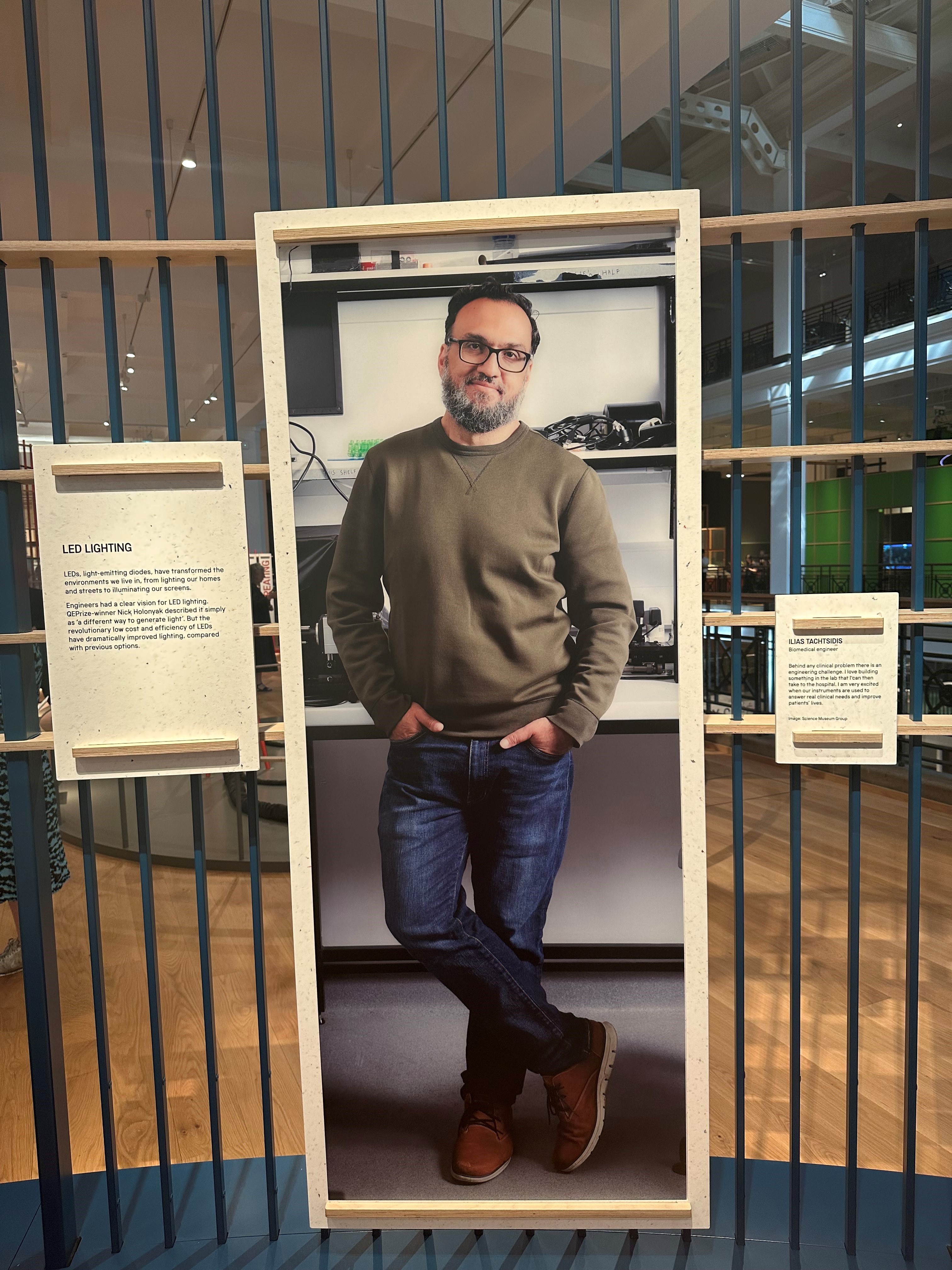
Uresha Patel, Surgical Engineer at CMR Surgical, who trained the first surgeons to use the ground-breaking Versius surgical robot in a human patient, transforming minimally invasive keyhole (laparoscopic) surgery.

Tanda Kabanda, a software engineer transforming the future of digital fashion.
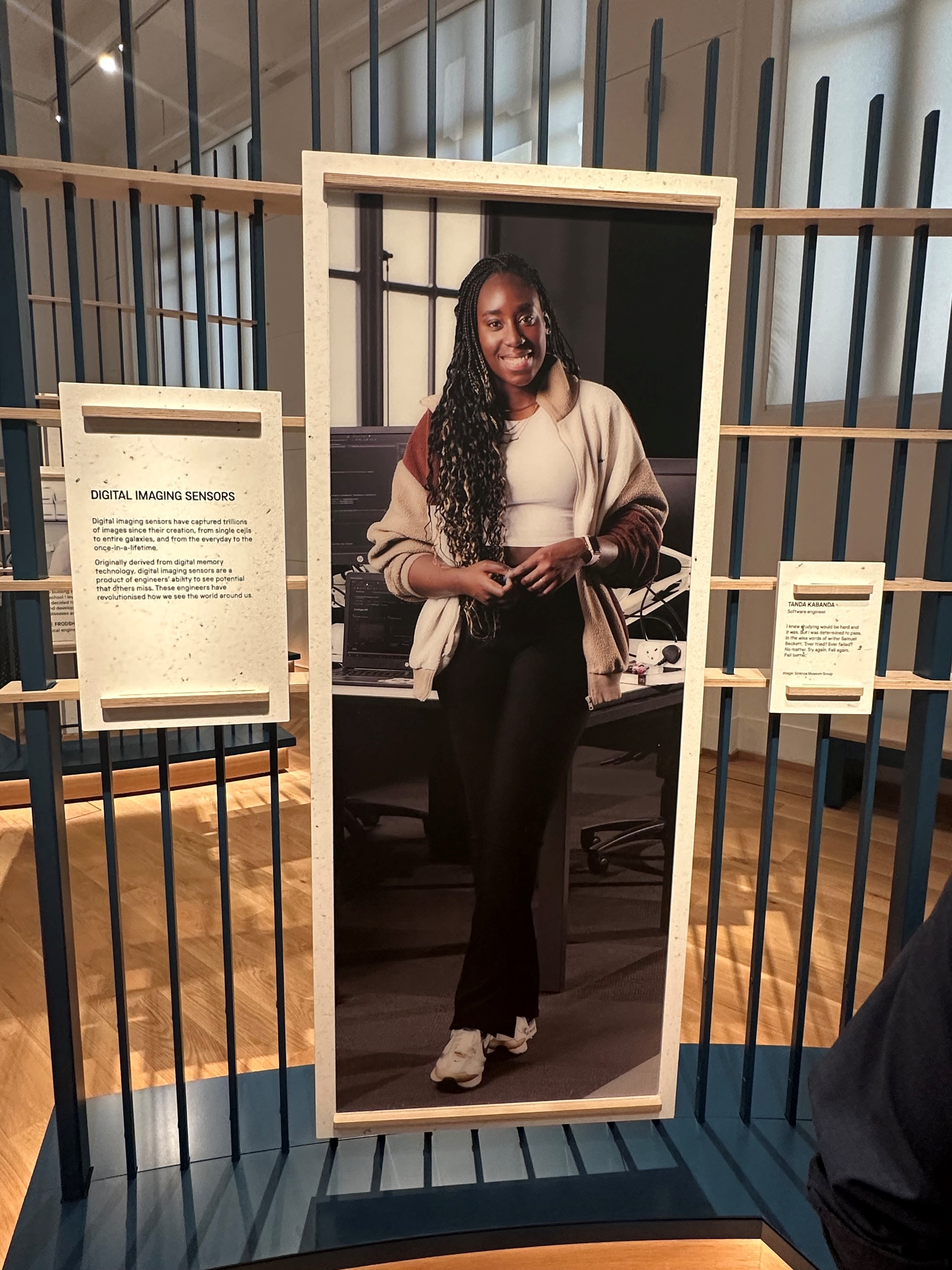
Maite Carreras Orobengoa, Satellite Engineer at One Web, finding new technologies to facilitate faster satellite connectivity, revolutionising the way we communicate.
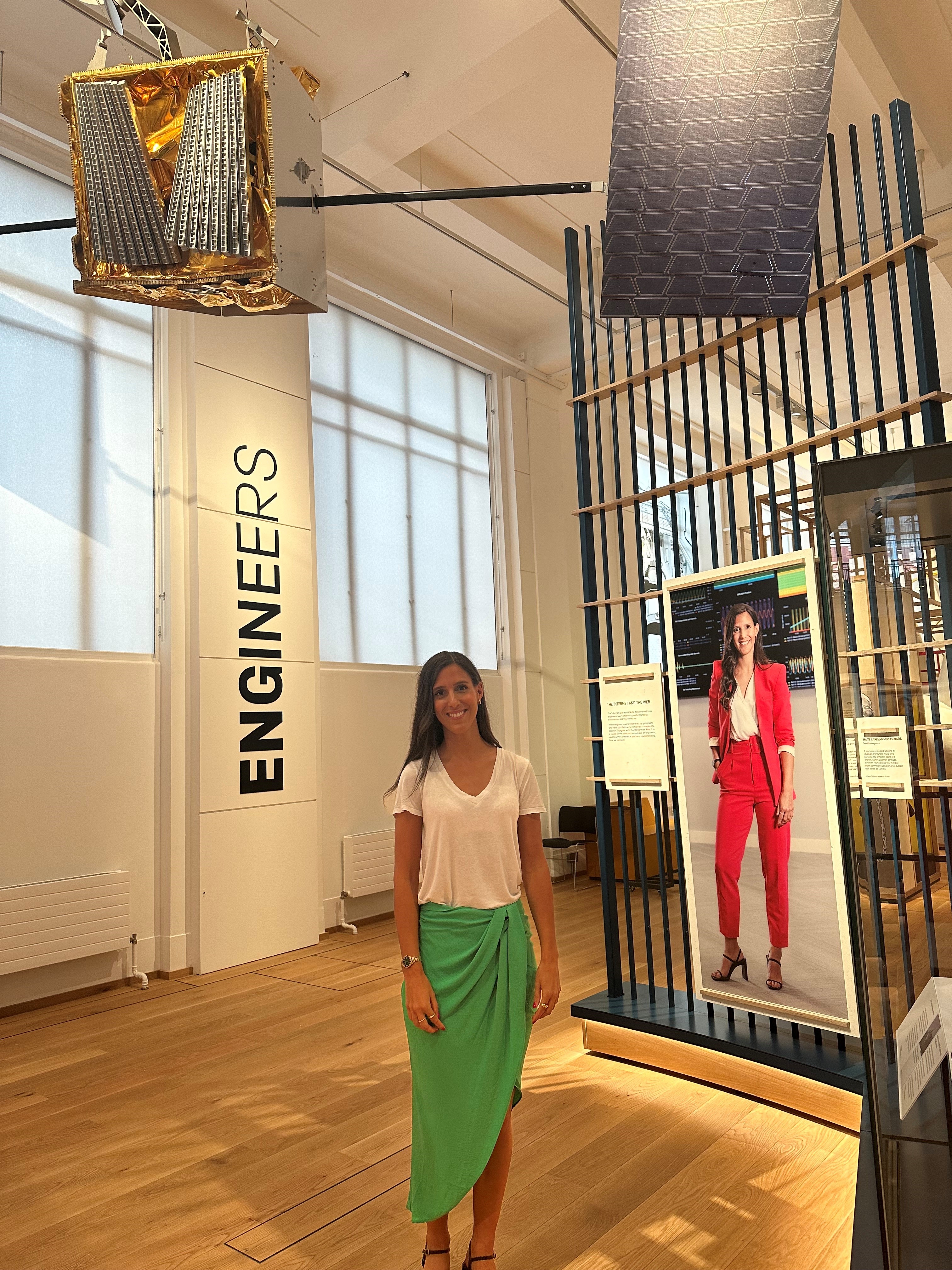
“Nearly three billion people are not connected to the internet or can’t be because traditional earth-based networks can’t reach them. So, OneWeb is a new space-based network of connectivity based right here in London. But we need more engineers because this is what [OneWeb] is run on, whether it’s a space engineer or someone working the ground stations,” Comments Tabitha Aldrich-Smith, VP of Marketing, OneWeb.
“When I was a child, my parents took me to NASA. I was in the NASA centre, and I saw space and the astronauts, and I got fascinated by it – I wanted to become an astronaut. Afterwards I realised I liked life on earth, but I still wanted to work for the aerospace industry ... I was seven years old. I have a picture [of being at NASA] and it’s one of my dream triggers. This is why I think the more access children have to different kinds of things then the more chances they will have of finding their dreams,” reflected Maite on what it was that sparked her interest in the industry.
Professor Becky Shipley OBE, UCL Healthcare Engineer and mathematician who invented a non-invasive ventilator in record time to treat patients who were very sick with COVID-19 is another example of someone who is passionate about their work and relishes making the world a better place for everyone.
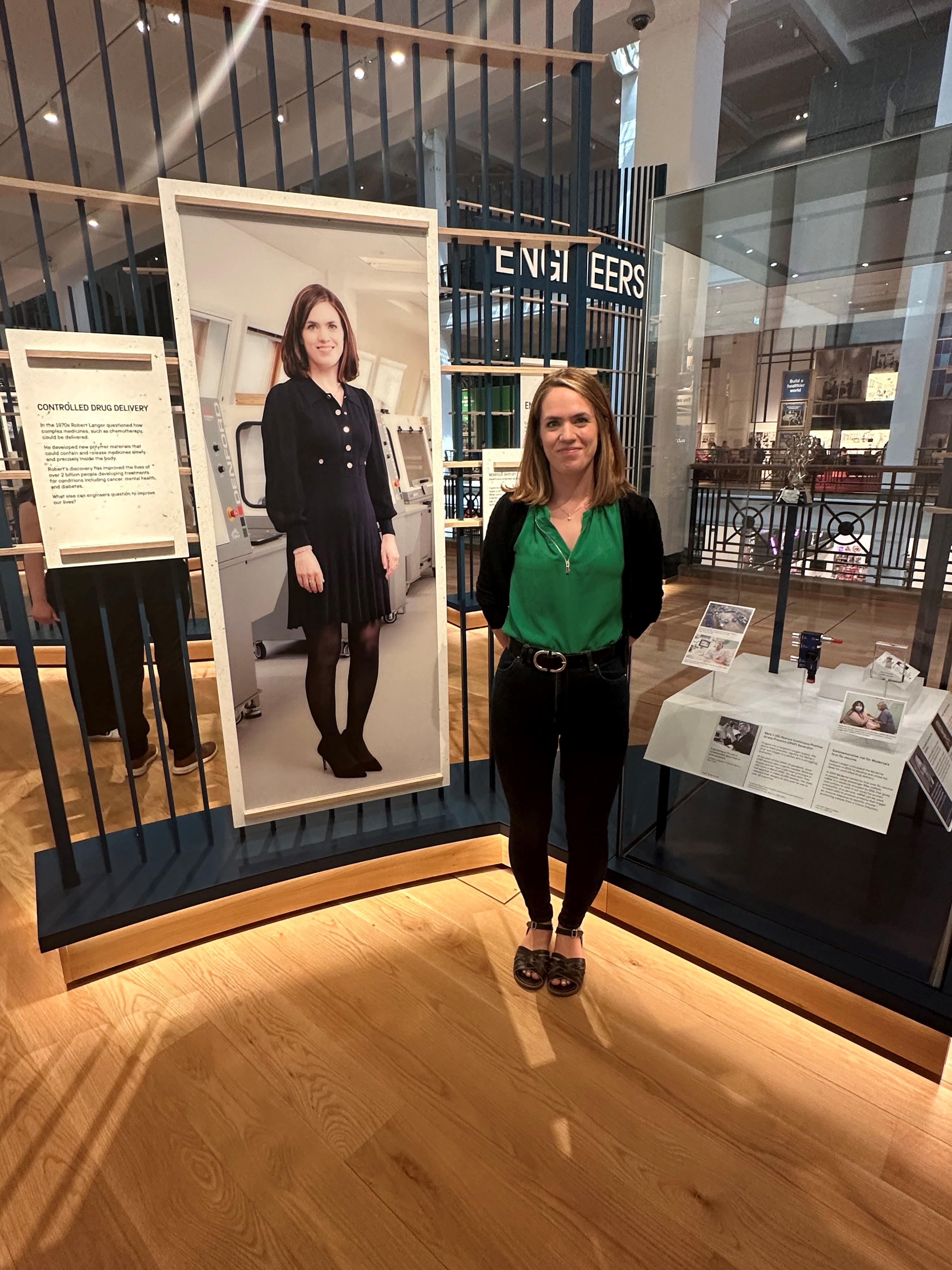
Speaking on how she was able to create the ventilator in just 100 hours, Rebecca reflects on the collaboration that went into making the design possible.
“It was a team effort. It was UCL engineers and then we teamed up with Mercedes Formula One who came onboard immediately, because the Formula One had been stood down. They were all the engineers on the bench, and we started off by reverse engineering a previous device … we did all of the internal drawings and measurements, etc., and then we dealt with the design and flow simulation … [Mercedes] basically dedicated their whole factory to it. So, we had our first meeting on a Tuesday evening with the doctors at the hospital who said what they needed, and it was the Sunday that the Mercedes team drove down to the hospital with the two of the prototypes.
“Engineering is creative, and I don’t think enough people know that. You have a blank sheet of paper, and you have a problem to solve, and you’ve got to work out how to get there – you can do anything you like [to get there].”
Engineers are you, they’re me, they’re the people you see around you. They face challenges and they must solve them – just like the rest of the world. So, if you have that spark of passion or excitement within you, don’t ignore it because there is a place for you in the engineering industry and a plethora of peers who are happy and willing to help guide, mentor, and support you on your journey.










